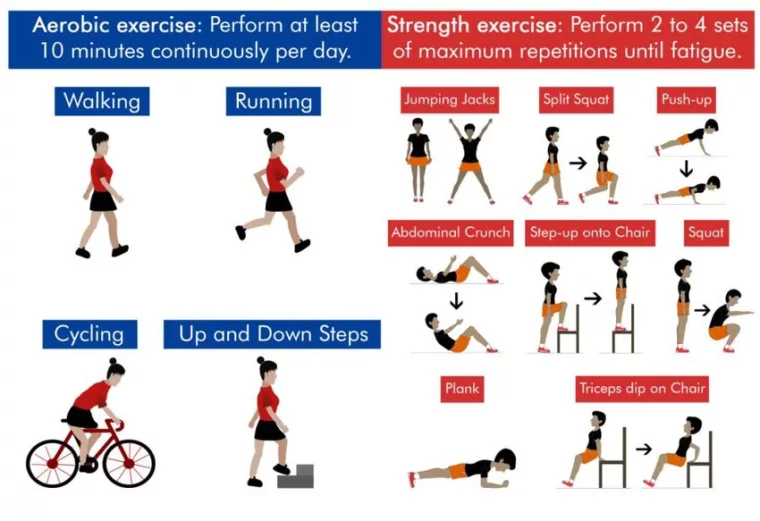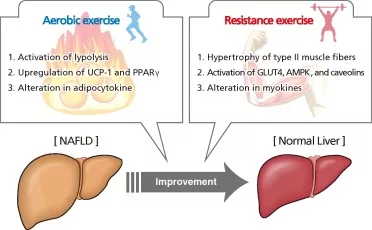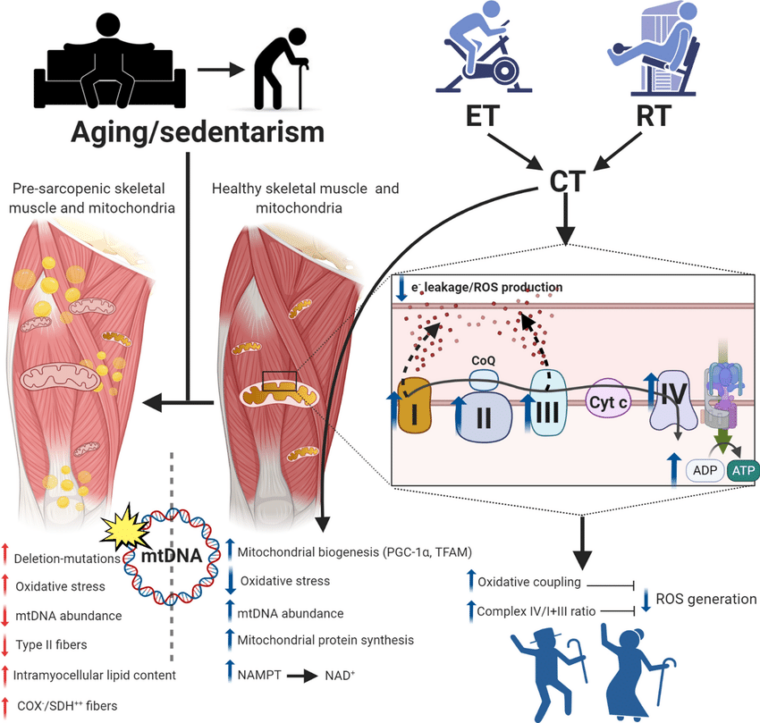Strength Training vs. Aerobic Exercise: Guiding Your Workout Choice
Hello. Today, let’s discuss which is better between strength training and aerobic exercise. Many people wonder which exercise to choose to maintain a healthy body, so let’s take this opportunity to learn together!

Understanding the Basics of Strength Training and Aerobic Exercise
Exercise is an essential element for maintaining a healthy life. Among various forms, strength training and aerobic exercise are the two most representative types. In this post, we’ll delve into these two forms of exercise and provide a guide to help you make the best choice for your workout.
Benefits and Effects of Strength Training
Strength training focuses primarily on enhancing the size and strength of muscles. It involves stimulating and developing muscles using various tools and equipment. Through strength training, you can achieve several benefits and effects such as:
- Increased muscle mass: Strength training stimulates muscle fibers, increasing muscle size and strength.
- Improved body composition: Increased muscle mass leads to a lower body fat percentage, improving body composition.
- Increased metabolic rate: Muscle development boosts basal metabolic rate, enhancing energy expenditure.
- Enhanced skeletal health: Strength training improves bone density, maintaining skeletal health and preventing osteoporosis.

The Impact of Aerobic Exercise on Health
Aerobic exercise focuses on improving cardiovascular function and enhancing respiratory capacity. It typically involves performing repetitive exercises at a consistent heart rate over an extended period. The key impacts of aerobic exercise include:
- Improved cardiovascular health: Aerobic exercise enhances cardiovascular function, improving heart and vascular health.
- Weight management: Aerobic exercise increases calorie burn, aiding in weight management.
- Stress reduction: Aerobic exercise reduces the secretion of stress hormones, helping maintain psychological stability.
- Boosted immunity: Aerobic exercise strengthens the immune system, improving resistance to infection and disease.
Choosing the Best Option Based on Exercise Goals
Given their distinct characteristics and benefits, strength training and aerobic exercise can be optimally chosen based on your exercise goals. For instance:
- If you want to increase muscle mass: Strength training is effective for muscle growth, making it the better choice for those looking to increase muscle mass.
- If you want to reduce body fat: Aerobic exercise is effective for burning body fat, making it the preferable option for those aiming to reduce body fat.
- If you want overall health improvement: Both strength training and aerobic exercise have positive health impacts, so choosing a balanced combination exercise program is ideal.

Precautions and Safety Rules for Strength Training
When engaging in strength training, you should follow certain precautions and safety rules:
- Proper evaluation and guidance: Before starting strength training, receive a physical evaluation and follow professional guidance.
- Correct posture and technique: Perform exercises accurately, maintaining correct posture and technique.
- Appropriate weight and load: Select weights and loads that match your fitness level and goals.
- Sufficient rest and recovery: After strength training, ensure adequate rest and recovery to prevent injuries from overexertion.

Recommended Types and Methods of Aerobic Exercise
There are various types and methods of aerobic exercise to choose from, depending on personal preferences and goals. Some recommended aerobic exercises include:
- Jogging: Light jogging is recommended for all ages, with daily 30-minute sessions aiding in cardiovascular health.
- Cycling: Riding a bike, whether indoors or outdoors, is an excellent aerobic exercise. Exploring your surroundings while cycling can help with weight loss and muscle strengthening.
- Swimming: Swimming is a full-body workout that improves fitness and muscle strength with minimal joint strain.
- HIIT: High-Intensity Interval Training (HIIT) involves alternating between high-intensity exercises and low-intensity rest periods, effectively improving aerobic capacity and burning body fat.
Components of a Comprehensive Exercise Program
A comprehensive exercise program combines strength training and aerobic exercise to improve overall health and body composition. Its main components include:
- Strength training: Incorporate various strength exercises to develop and strengthen muscles.
- Aerobic exercise: Include aerobic activities for cardiovascular activity and weight management.
- Stretching: Add stretching exercises to enhance flexibility and joint range.
- Nutrition: Proper nutrient intake is necessary to support strength training and aerobic exercise.

The Importance of Diet and Nutrient Intake
Improving health through exercise is closely related to proper diet and nutrient intake. Maintaining an appropriate diet and consuming essential nutrients are crucial while engaging in strength training and aerobic exercise. Key nutrients and their roles include:
- Protein: Essential for muscle recovery and growth following strength training.
- Carbohydrates: Serve as an energy source, supplying the energy needed for aerobic exercise.
- Fats: Necessary for energy storage and hormone production, playing a crucial role as fat carriers.
- Minerals and vitamins: Various minerals and vitamins are needed to maintain healthy bodily functions.

The Necessity of Recovery Periods and Rest
Developing the body through exercise requires essential rest and recovery periods. After strength training and aerobic exercises, it’s crucial to take adequate rest and give the body enough time to recover. This minimizes muscle damage and promotes growth.
The Habituation of Regular Exercise and Motivation Methods
Exercise should not only aim to achieve short-term goals but also be consistently part of one’s lifestyle. Here are some methods to incorporate exercise into your life and stay motivated:
- Goal Setting: Set specific and realistic exercise goals and track your progress.
- Exercise with a Companion: Working out with a friend or family member can increase motivation for both parties.
- Try Different Exercise Methods: To avoid boredom, experiment with various types of exercises.
- Reward System: Giving yourself rewards for exercising can help with motivation. For example, you can enjoy your favorite food or activity after working out.

This guide has explored strength training and aerobic exercises. Refer to it to make informed choices about your exercises and enjoy a healthy and vibrant life.





